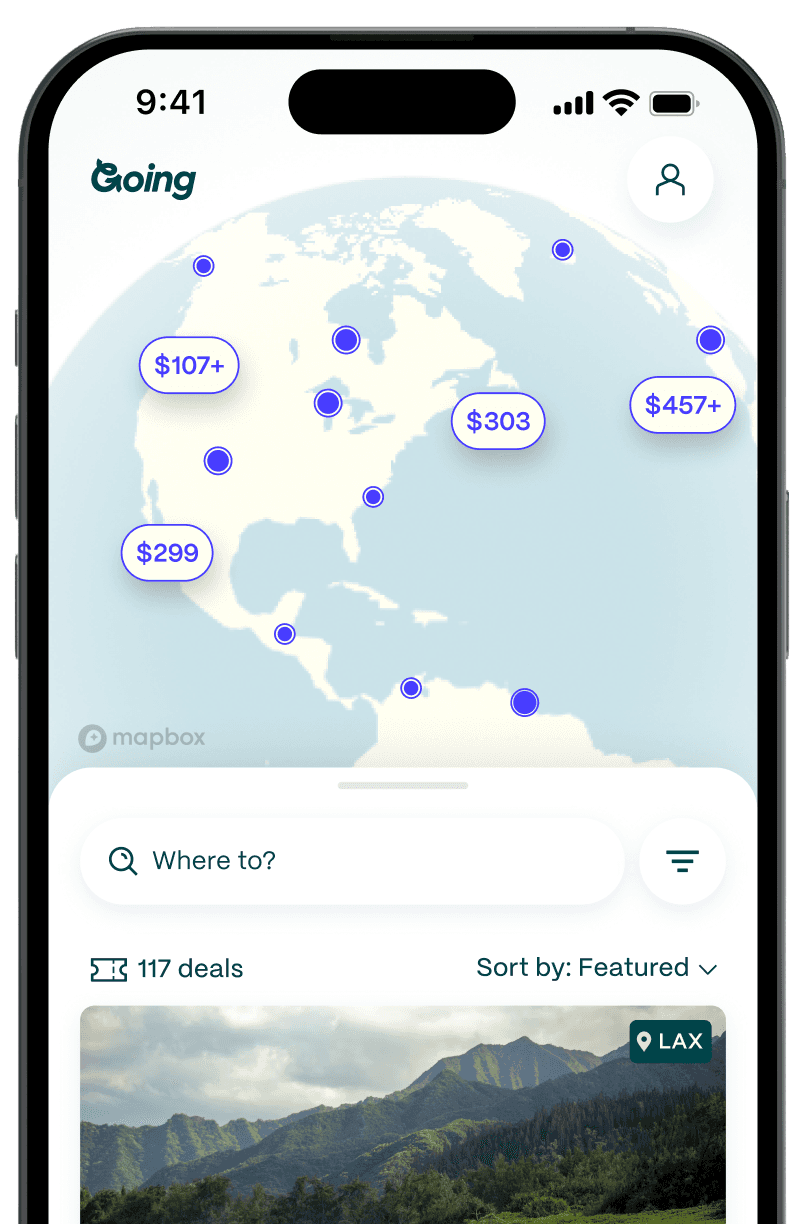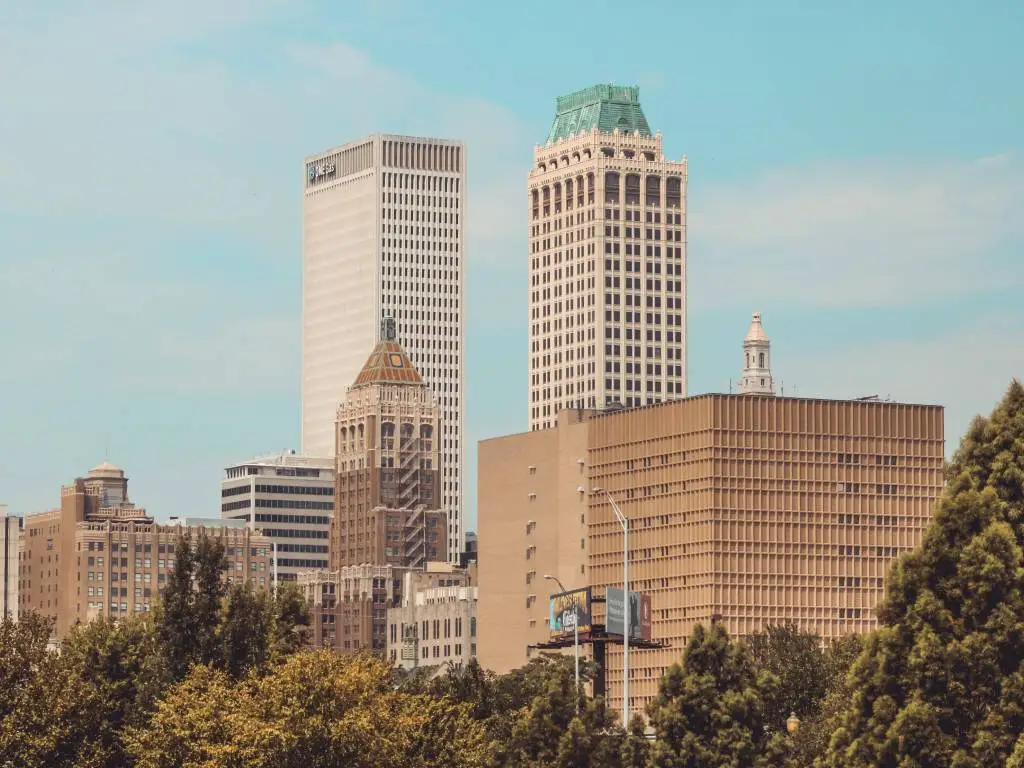
Tulsa: The US city Where the Idea of Route 66 Was Born
Tulsa is the second-largest city in Oklahoma, and while it’s not necessarily on the everyday tourist radar, it should be. With museums dedicated to everything from famed musicians to Black Wall Street, it’s full of historical elements. Walk the same streets as oil barons, tribal leaders, and entrepreneurs in this city in the heartland.
People living in Tulsa often call it a “big small city,” because it’s likely that you’ll run into someone you know or someone who knows someone you know. With new restaurant concepts opening, a thriving music scene, and a quickly developing downtown, the city has a little something for everyone.
Take a step back in time through underground tunnels
With oil money flowing through Tulsa in the early 20th century, some of the wealthiest residents wanted to make sure they were safe from thieves or ransomers as money flowed between buildings. So in the 1920s, they created underground tunnels. Oil baron Waite Phillips built the first, an 80-foot tunnel connecting two of his buildings, the Philtower and Philcade. He used the tunnel to carry money and travel between the two buildings.
Over time, it’s believed that as many as 40 miles of tunnels were built, but today only a few are open, connecting hotels, historic buildings, and office complexes. Tours are available of the tunnels through local guides, including Tours of Tulsa and Tulsa Tours. Or take a tour of your own by following this map.
Outside of the tunnels, admire the intricate art deco architecture, built with the same wealth from the early 20th-century boom times throughout downtown Tulsa. Some of the most ornate include the Boston Avenue Methodist Church and the aforementioned Philcade Building. Check out this map for a list of 50 buildings you can see on a self-guided tour.
Take in a powwow highlighting Native American culture

Tulsa sits at the juncture of three Tribal Nations: the Osage, Muscogee, and Cherokee. The city has a rich Indigenous culture, from artwork by local Native artists to murals on building walls to restaurants serving Indigenous-inspired food. One way to see this rich culture firsthand is to attend a powwow, where you can see beautiful regalia, hear the hum and chants of the participants, and, in some cases, buy handicrafts. Several powwows are held in and around Tulsa throughout the year either inside or outside.
The Tulsa Powwow—usually held at the Cox Business Center over two days during the summer and featuring dance, regalia, arts and crafts, and food—is open to the public, and each tribe hosts regular events highlighting their unique cultural aspects. The Cherokee Nation, the largest tribe by number of citizens, holds its annual Cherokee National Holiday over Labor Day weekend in nearby Tahlequah, the headquarters for the Tribal Nation.
Explore Black Wall Street through an authentic tour

Tulsa’s Historic Greenwood District was known as Black Wall Street in the early 20th century for its prominent Black-owned businesses—it was one of the wealthiest Black neighborhoods in the US. That changed in 1921, when an angry white mob attacked the community and its members in what became known as the Tulsa Race Massacre. The event lasted two days during which more than 35 blocks of businesses and homes were destroyed, at least 36 people died, and hundreds were injured. It’s known as one of the worst incidents of racial violence and one of the worst acts of terrorism in the US.
A little over a century later, Black Wall Street is undergoing a revival with businesses like Silhouette Sneakers and Art setting up shop. Though Greenwood is a fraction of what it once was, there are initiatives underway to grow Black entrepreneurship in the city, including Urban Coders Guild, which helps underrepresented youth to learn to code, and Black Tech Street, a movement to revive Greenwood as a center of Black tech.
Several groups offer tours of the neighborhood, showcasing the historic significance of the area. The Real Black Wall Street Tour is led by Chief Egunwale Amusan, a descendant of a survivor of the Race Massacre.
Munch on cuisine from across the globe
Tulsa is believed to be home to the largest Zomi population in the US, with 7-9,000 people living in the city. Zomi people hail from northwestern Myanmar, India, and Bangladesh. Today, you can find restaurants serving Southeast Asian cuisine, including Zogam Cafe, which is known for its noodles, curry, and smoothies.
In East Tulsa, known as the Global District, a thriving Asian and Hispanic food scene is emerging, with food trucks and brick-and-mortar shops opening up. The well-known Pancho Anaya Bakery has three locations throughout Tulsa, including in the Global District and Kendall Whittier District, and is a staple in the Tulsa community for its delicious bakery-inspired foods, like churros, and multi-generational history in the community.
Another new restaurant worth trying out is Freya: Nordic Kitchen, featuring dishes from Scandinavia, a concept that has been lacking in Oklahoma. With both shareable plates and entrees, people can get a warm sense of hygge, the Danish concept of well-being.
Walk amongst flowers at Philbrook Museum of Art

Waite Phillips, the oil baron who created the tunnel between his two buildings, and his wife, Genevieve, donated their villa in Tulsa in 1938 to create the Philbrook Museum of Art. It opened its doors one year later in 1939 and today houses more than 16,000 objects spanning decades and featuring art of the Southwest and Great Plains, international, Renaissance, and modern and contemporary art.
The Center’s gardens are a sight to see. Spread across 25 acres and featuring native plants and geometric hedges, the gardens are a perfect place for picture-taking or a serene walk. The gardens are home to two feline friends, who act as pest control, some large and small-scale sculptures, swings, and ample room to walk and explore. The Museum is closed for several weeks at the beginning of the year as well as every Monday and Tuesday and on major holidays.
Test your trivia knowledge at music and pop culture museums

Music lovers will love the many musical institutions in Tulsa. From Woody Guthrie to Bob Dylan to Leon Russell, they all have centers or museums dedicated to their legacies.
The Woody Guthrie Center is located downtown and is filled with artifacts about the Okemah, Oklahoma-born singer-songwriter. Nearby sits the newly opened Bob Dylan Center. Dylan has few ties to Tulsa outside of performing in the city (though he is quoted as saying he likes “the casual hum of the heartland”) so why here? Thank the George Kaiser Family Foundation, a Tulsa-based philanthropic organization, which purchased the estimated 100,000-item archive from Dylan. They also own the Woody Guthrie Center.
Another museum, OKPOP, is set to be dedicated to everything pop culture in Oklahoma, including musicians and actors like Garth Brooks, James Marsden, and Alfre Woodard. Fundraising has been underway, and officials say they hope to be able to open the museum in the next year or so, though funding issues have left the exact opening date to be determined.
Put the top down and cruise Route 66

Cyrus Avery, often known as the father of the Mother Road, conceived the idea of Route 66 while a member of the Federal Highway System, lived in Tulsa, and today Tulsa takes great pride in its history of Route 66. The route, famous for connecting Chicago to Santa Monica, California, is known as much for its roadside attractions as for its destinations along the way.
Put the top down and meander down Route 66, also known as 11th Street in Tulsa, and stop by Decopolis and Buck Atom’s Cosmic Curios for some Oklahoma-themed trinkets. Sixteen miles down the road in Catoosa sits the Blue Whale, a large metal whale made as an anniversary gift in the early 70s that has since turned into a kitschy roadside attraction emblematic of Route 66.
Good to Know
Is Tulsa expensive?
It’s cheaper to visit Tulsa than, say, New York City, but don’t expect a trip to be dirt cheap. An average double-occupancy hotel room in Tulsa costs about $150 per night, though there are many budget hotels that can cost less than $50 per night. Dinner prices range from $40-60 for a nice night out for two people.
Best time to visit Tulsa
Summer weather in Tulsa can get uncomfortably hot, so the best times to visit are in spring or autumn—March-May and September-October. Besides the more pleasant weather, these are also when some of the city’s popular events take place, including Tulsa Mayfest and Oktoberfest, in (you guessed it) May and October, respectively.
What languages are spoken in Tulsa?
The official language in Tulsa is English. The City of Tulsa also translates some materials into Spanish and Zopau, the language of the Zomi people.
Tulsa with kids
Tulsa is extremely family-friendly, with lots of parks, sporting events, and festivals. Don’t miss a visit to The Gathering Place, a riverfront park with a mix of outdoor activities and live performances for all ages. Plan your trip for the fall and enjoy an old-fashioned fair atmosphere at the Tulsa State Fair.
Tulsa public transportation
Downtown Tulsa is compact and walkable, and the Downtown Trolley operates a route through the city center on Friday and Saturday nights for free. There are bikeshare and scooter-share programs you can take advantage of, too.
Is Tulsa safe?
The US ranks 129th. Tulsa is generally safe for tourists but be sure to follow basic safety guidelines and use common sense.
Oklahoma ranks 52nd in the US with a score of 53/100 for LGBTQ+ protections. However, Tulsa is home to the Equality Center, one of the largest LGBTQ+ centers in the region.
Getting to Tulsa
- Main airport: TUL
- Average Going deal price for cheap flights to Tulsa: $152 roundtrip
Join Going and get cheap flights to Tulsa and around the world delivered right to your inbox.
Read about other cities around the US:
Last updated December 19, 2023
Articles you might like
View All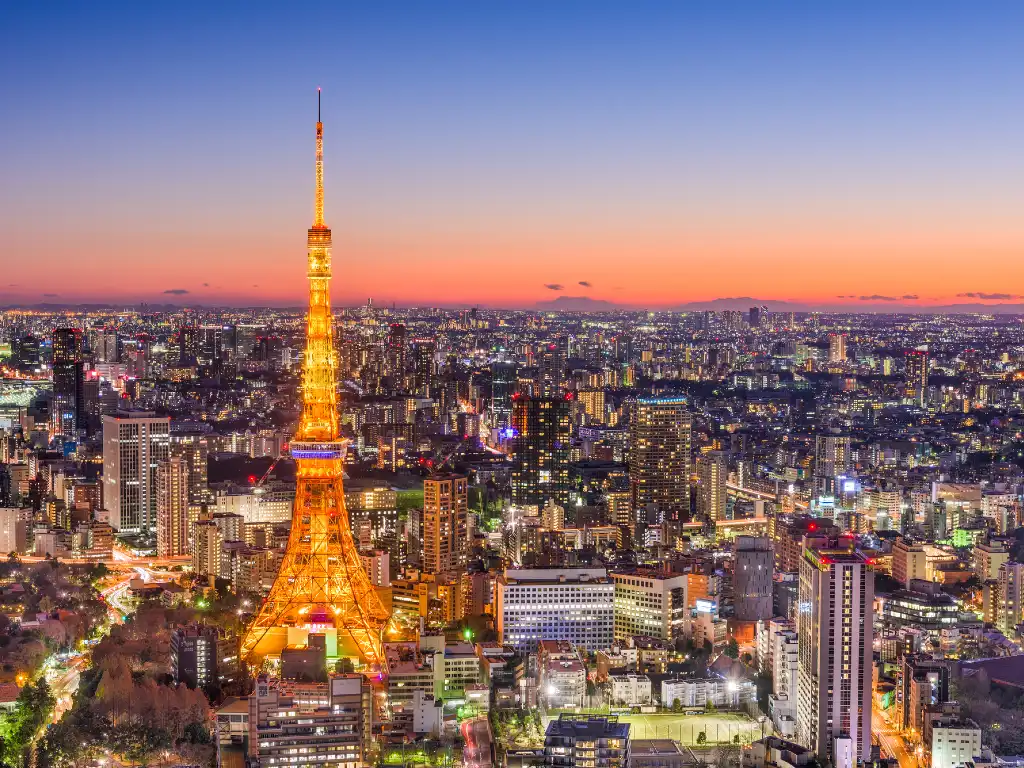
Where to Stay in Tokyo: The Best Neighborhoods and Hotels in 2026
Dec 19, 2025
12 min read
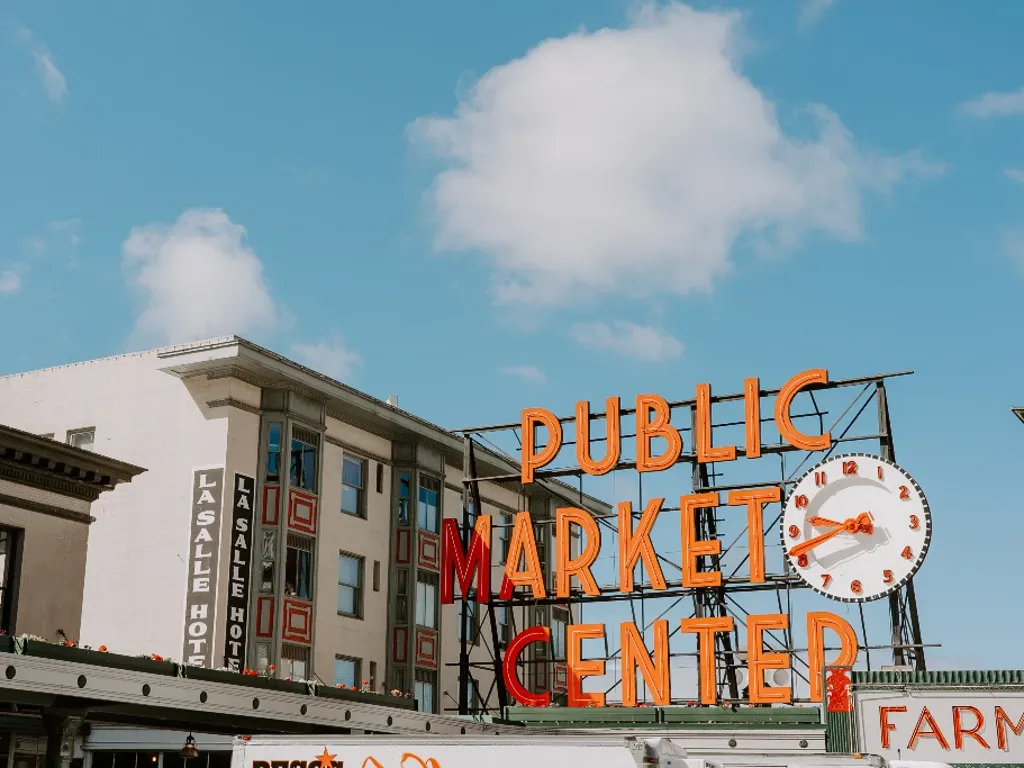
Where To Stay in Seattle: Best Neighborhoods and Hotels for 2026
Dec 19, 2025
10 min read
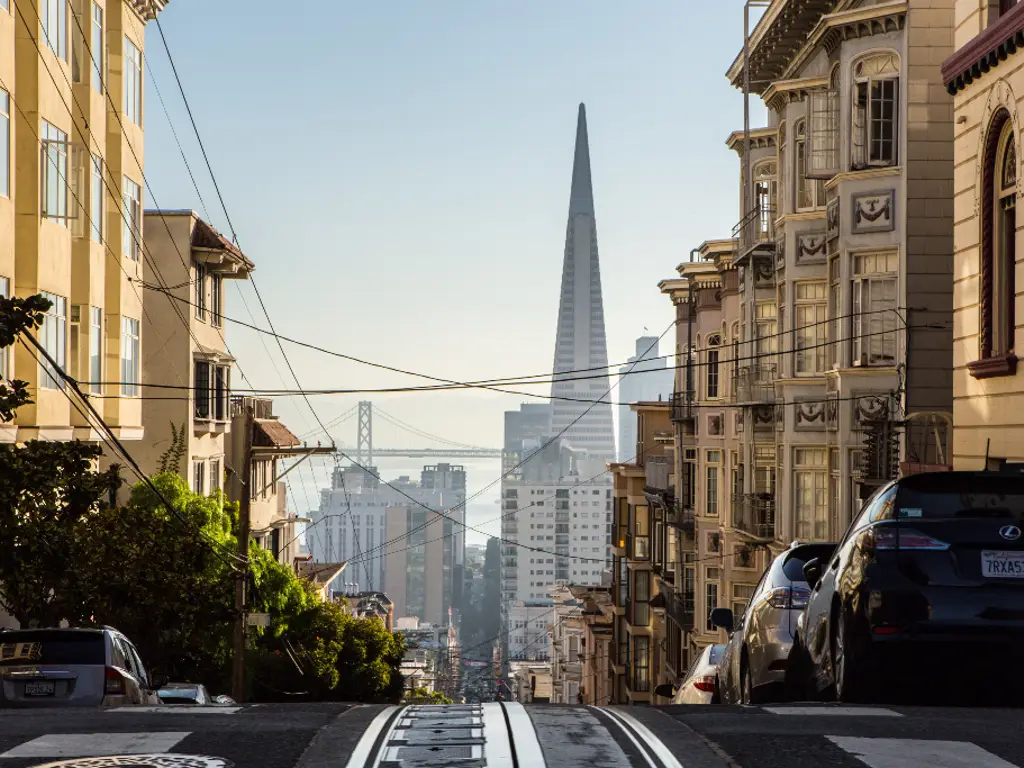
Where To Stay in San Francisco: Best Neighborhoods and Hotels for 2026
Dec 19, 2025
17 min read



